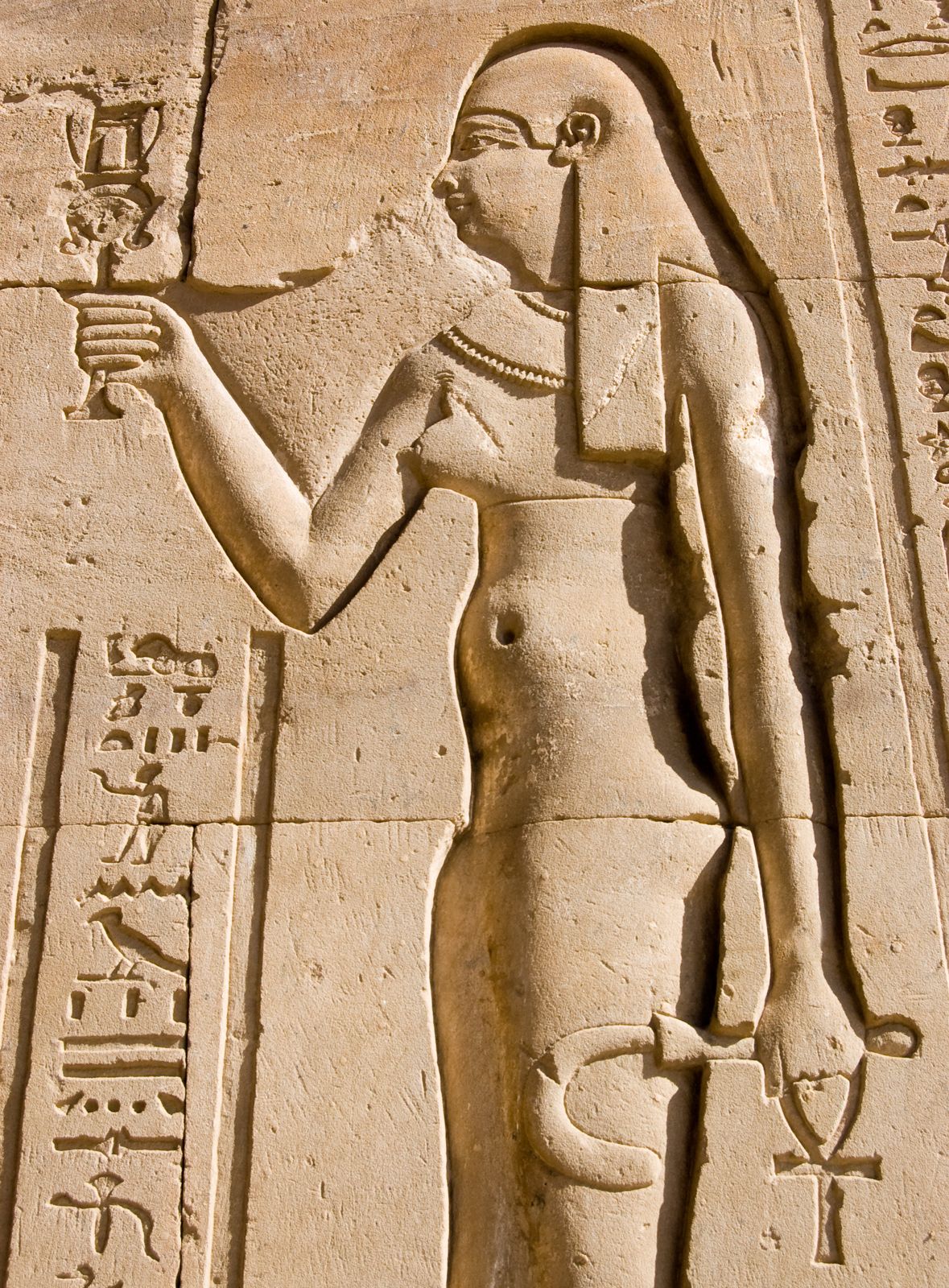Cleopatra VII is not only a famous person in history, she is also the icon of a rich and powerful culture. She was usually depicted as a lover of great men, but the truth was different. More important than her love life was her educational pursuits. Cleopatra VII could be called one of greatest intellectuals of her times.
Since the beginning, the life of Cleopatra was not easy. She was born in 69 BC, as a daughter of pharaoh Ptolemy XII, during a very difficult period in history of Egypt. Her father was perhaps an intelligent dreamer, but he did not have the skills to be a successful king. Those times in Egypt were already dominated by Romans and it seemed that there would be no more great Egyptian rulers. However, Cleopatra changed history.
Many short-time female rulers took the throne due to the death of father, husband or brother. However, these women usually ruled for a very short time and frequently faced a tragic end. In the case of Cleopatra, she was elevated to the status of divine goddess, and remained at the level of the pharaohs for many years. Her co-regents, brothers and a son, did not have great power outside Egypt. Cleopatra had taken the responsibility of foreign relations since the beginning of her reign. Moreover, in she came to expand her power to even greater levels.
Most of the knowledge about Cleopatra comes from Roman writers, who followed the expectations of the Emperor and did not write too much about her positive side. She was usually described as a woman who forged her career in the beds of powerful men. In the famous book The Decameron by Italian master of medieval literature Giovanni Boccaccio, she was presented as an allegory of sin. The story of Cleopatra using her eroticism and sexual talents to improve the political situation of Egypt stayed strong over the centuries. However, if it would be true, she would be killed or dethroned faster than she became a lover of Julius Caesar.
According to the Plutarch (Life of Antony, XXVII.2-3)”For her beauty, as we are told, was in itself not altogether incomparable, nor such as to strike those who saw her; but converse with her had an irresistible charm, and her presence, combined with the persuasiveness of her discourse and the character which was somehow diffused about her behavior towards others, had something stimulating about it. There was sweetness also in the tones of her voice; and her tongue, like an instrument of many strings, she could readily turn to whatever language she pleased…”.
Cleopatra, at the beginning of her political career, did not speak Latin. However, it is possible that with time she started to learn it. Cleopatra knew the ancient Egyptian language, she learned how to read hieroglyphs, which was unique to her dynasty. Apart from this, she knew Greek and the languages of the Parthians, Jews, Medes, Trogodyatae, Syrians, Ethiopians and Arabs. With this knowledge, all the books of her world were opened to her. Apart from languages, she studied geography, history, astronomy, international diplomacy, mathematics, alchemy, medicine, zoology, economics and more. She tried to gain all the knowledge of the world.
It is known that Cleopatra VII spent a lot of time in a type of ancient laboratory. She wrote at least a few works related to herbs and cosmetology. Unfortunately, all the books by her were lost in the fire of 391 AD, when the great Library of Alexandria was destroyed. Famous physician Galen studied her works and was able to rewrite a few recipes created by her. One of medicines which he also suggested to his patients was a special cream, which helped men to gain back their hair. Her books also contained beauty tips, but none of them survived. Cleopatra was interested in healing with herbs, due to her linguistic skills she could read papyri, which are now lost. Her impact on sciences and medicine was well known even during first centuries of Christianity.

#archaeohistories






